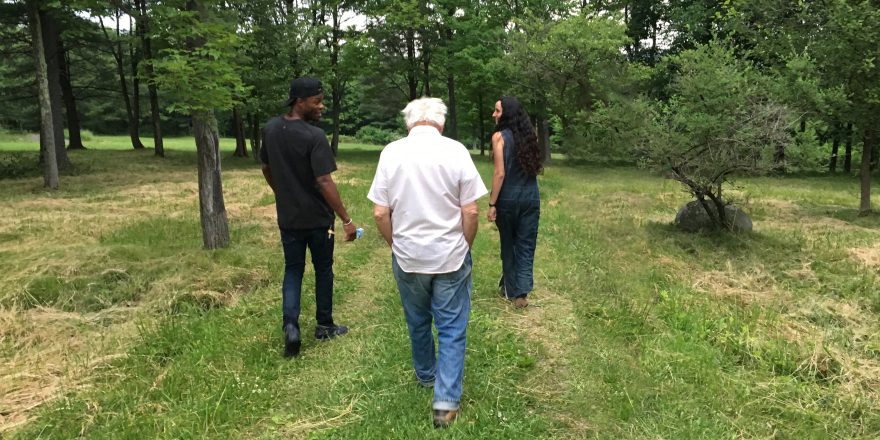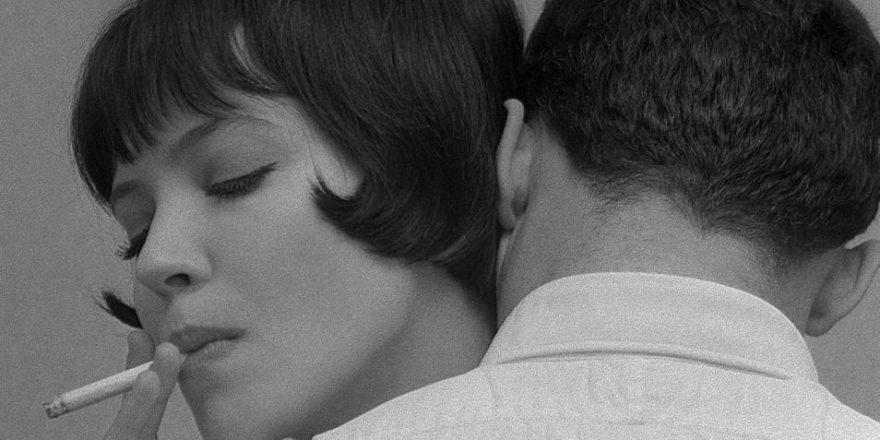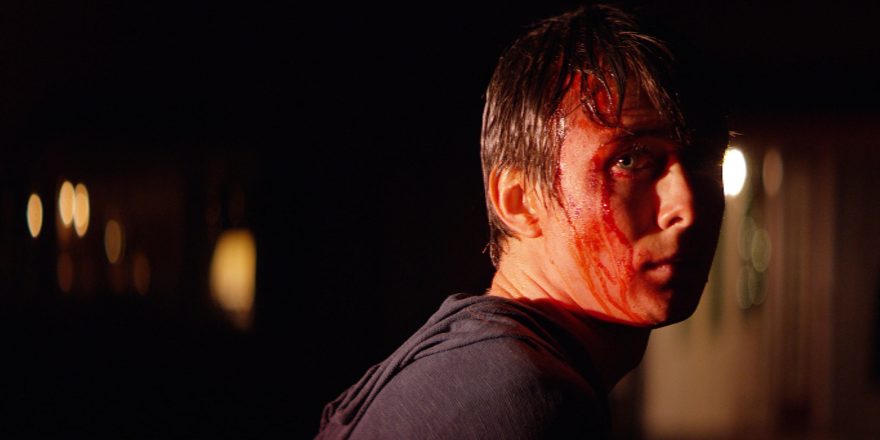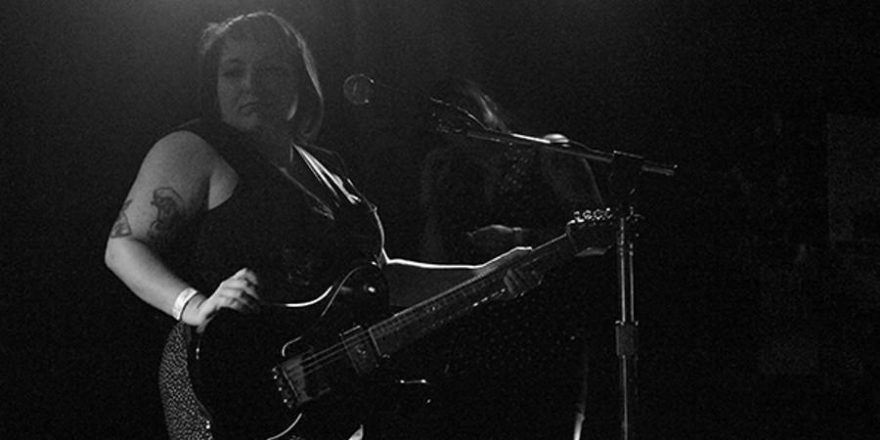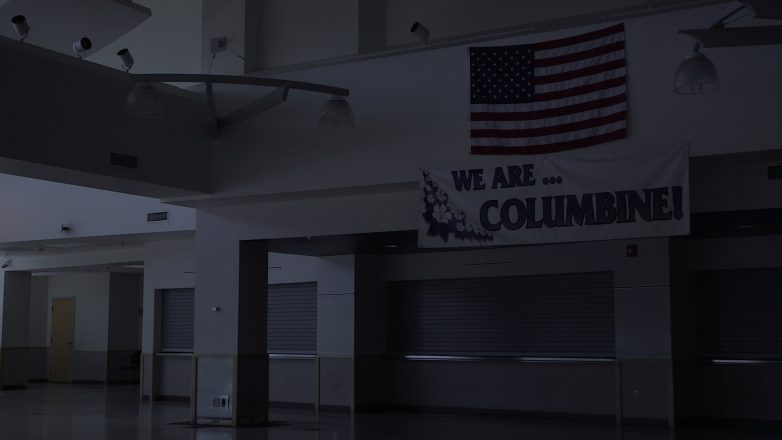My new film, This Is Not a War Story, is a narrative hybrid, mixing fictional and factual elements. The film tracks a ragtag group of combat veterans in New York City whose anti-war art, poetry and papermaking keep them together in the wake of their friend’s suicide and as they face the reality that healing from war is sometimes an impossible mission. Hybrid films typically feature real people in fictional situations, or fictional characters interacting with real people, in contrived situations that are often based on real incidents. The most recent Best Picture Oscar winner, Nomadland, is a recent example of hybrid storytelling, but the form goes back all the way to silent film with the work of Robert Flaherty, and evolved with auteurs such as Robert Bresson and John Cassavetes.
When I set out to make This is Not a War Story in 2016, I had two aims: first, to create a kind of hybrid film I’d never seen before, and second, to exorcise a multitude of demons related to my PTSD. I haven’t served in a war, but I live with trauma that comes from sexual abuse and incest. Multiple factors led me to focus the film on the plight of veterans, specifically the connections between trauma, self-loathing and suicidal ideation that are compounded by the need to isolate and a stubborn resistance to ask for help. I was drawn to the hybrid modality because it lends itself to immersion – and I wanted to be immersed in this community of veterans from whom I knew I could learn so much. I wanted their voices, their experiences, their presence all over the film, to inform it from the inside out. Instead of scripting from my imagination alone, and then asking for their stamp of approval after the fact (the common studio route for war films, which invariably get their legitimization from the officer class and the Department of Defense), I wanted working-class grunt voices – poverty draft voices – to saturate the film with authentic accounts of what it is like to live under the specter of suicide and trauma. I discovered the story as I pursued it – that is, I believe, the beauty of the hybrid form.

I discovered the idea of moral injury. Crossing a moral threshold within oneself – participating in an act, witnessing or engaging in it – that goes against one’s moral code. This is not always the result of explosions or dismembering or the constant sound of gunfire – it is sometimes busting down the door of someone’s home, or humiliating a man by arresting him in front of his family, or detaining people without cause, or giving the go-ahead to push a button that ends a life. Those who live with these moments in their hearts are those who struggle to live. I used this basis of connection to the veteran community that I had in my heart – concerning both trauma and moral injury – as my rudder. That is what made the hybrid possible.
In This Is Not a War Story, we wanted to tell a story which debunked the idea that one bright day, after you’ve worked hard enough at it, you just get over your trauma. I had not seen reflected in any narrative films the idea that trauma is something you must work on for the rest of your life. It was hurtful and alienating to constantly see these pat stories about trauma, these skin-deep, one-note renderings. I wanted to see the rage, the paralysis, the self-loathing, the existential despair and the intense need for connection, all represented in a real way.
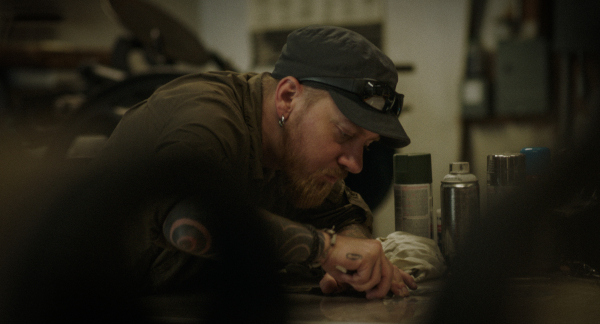
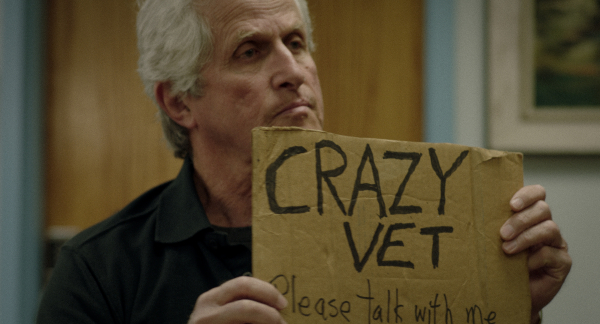
So that all their diverse voices would be heard, I cast as many veterans as I could in the film – across generations, across the political spectrum, across gender and racial lines. I had a supporting cast of veterans portraying themselves in the film, while the story was anchored by three fictional characters (played by Sam Adegoke, Danny Ramirez and myself.) Once I had cast the veterans, I wrote the script around them, immersing myself in more experiences, stories, artwork, anecdotes, and midnight conversations than I could ever hope to include, looking for the essentials and writing them into the script, making sure they were there in the pages. I double-, triple-, quadruple-checked the script, ad infinitum, with the veterans, both individually and as a collective, in order to proceed with certainty that the authentic aspects of the veteran experience was legibly and accurately captured in the blueprint.
I knew that if I cast myself in one of the fictional parts, I would bring to bear everything I have been reckoning with internally in terms of my own trauma, force it to the fore and allow it to be seen and heard in the performance, as a means of processing it. In order to capture the reality of portraying a female veteran , I spent countless hours over more than a year of preparation with combat veteran and poet Sarah Mess, a force of nature, who served in Mogadishu in the 1990s. I was plagued by doubt, but was continually encouraged to keep going and stick with it. In that way, the hybrid form is again as much concerned about the process as it is about the result. The process of earning trust and of embarking on the vulnerable task of acting; we all engaged in this together, and these are the fibers of the film.
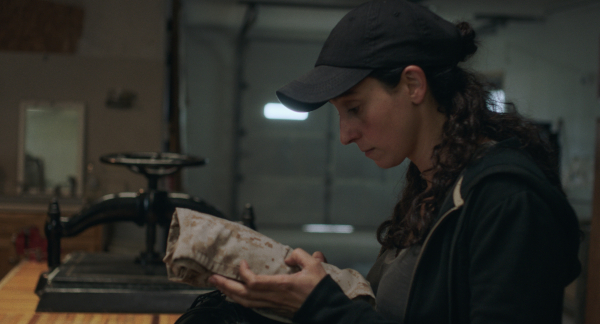
For a hybrid film to work, there has to be a structure that provides scope and context. In This Is Not a War Story, that structure rested on the tenuous bond formed by two scripted characters, Will (Sam Adegoke) and Isabelle (who I played), as they navigate the need for support and connection through trauma. The scripted scenes allowed for a progression to take place, which the improvised scenes could amplify, reflect or contrast, as needed. In the script, I indicated where improvisation would take place, what it would concern, what the context of it was, and how much room we had to play. This kept the actors and non-actors on pace with one another, and made sure there was a balance of both crafted dialogue and improvised dialogue, such that one could always pick up the slack of the other, if needed. As this was much more of a gamble than a straightforward script, I spent two years immersed heavily in its preparation before we shot.
With my D.P. Ryan DeFranco, I worked to devise a long production schedule, spanning several months, so that we had time to shoot, assess, shoot, assess, reshoot and reassess. With this in place, I was able to assure my non-actors that we would have that most important filmmaking ingredient of all: time. I determined very early on that we would shoot with just one camera and a small, tight-knit family of a crew. Trust was the bedrock of the film, so I made sure every person who joined the crew had a sincere and passionate interest in the project and the people involved, and respected how delicate the process was going to be. With this approach, I assembled a small, mobile and passionately committed crew who were all thoroughly involved and engaged with the veterans, and attentive and actively immersed in their world. There were no walkie talkies, no cell phones within 200 feet of the camera, no one idling on the sidelines, bored – everyone had a mission, everyone knew the story and the characters. Perhaps most importantly, the crew’s interaction with the veterans throughout the shoot further built a bridge between the civilian and veteran worlds.
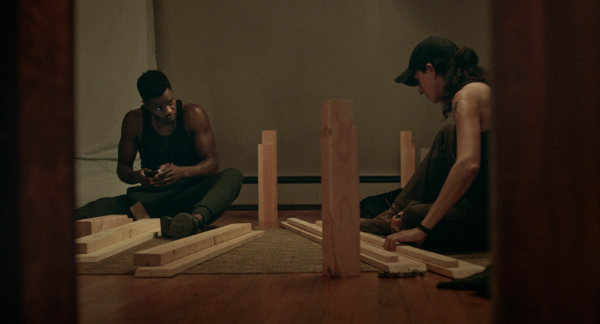
I can’t say I fully knew the history of the hybrid film before I took the leap. My two major points of connection were Bresson and Cassavetes, two starkly different directors who approached hybrid filmmaking in very different ways. Bresson had an almost clinical approach to capturing the subtle and the slight, implying the volume of feeling beneath the surface and doing so through precision of physicality and minimalism. His methods were practically the opposite of Cassavetes’, whose work is known for its intensity and movement on the surface, in performances as well as with the handheld camera. I knew I wanted to make something I had not seen yet, namely a film developed in collaboration with an ensemble of non-actors, synergized by scripted characters and fictional situations, in order to resonate beyond the confines of the narrative itself. I wanted it to be a hybrid version of Altman’s McCabe & Mrs. Miller – the consummate ensemble piece, where characters and their environment are perfectly synergized, the photography and the lighting all serving the authentic immersion into a world of endearing, flawed individuals, striving for warmth in a barren, cold world. For This Is Not a War Story, though, I wanted to introduce audiences to a world they never get to see up close, if at all – the world of the anti-war veteran community. I used the landscapes of New York City at night and Upstate New York’s hiking trails, waterfalls, lakes and campsites to the fullest extent possible to create an environment for the film that oscillated viscerally between the isolation of trauma and the warmth of connection to other people.
As it seemed to me, the story of trauma lies not in verbal articulations but in behavior. If anything, it’s the stunted inability to verbally articulate any of it that makes trauma so isolating and damning. I wanted to see characters who had as much trouble being a human being as I did, who struggled to speak, who made valiant attempts, often out of nowhere, and then trailed off into self-hatred. This is a matter of behavior, and not of plot-driven storytelling. To force a plot onto a story about trauma is, in some ways, to betray it from the start. Trauma does not work that way, and maybe that’s why it rings false when we see story after story of a character reaching an apex, a realization, a breakthrough, and then everything changes and the character is on the road to recovery. We made a point to avoid those damaging clichés, and a litany of others that all get relegated to the “war movie” genre.
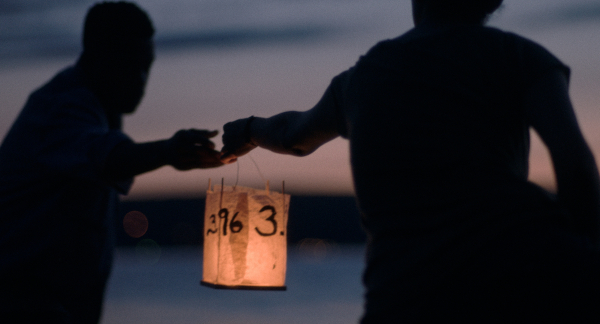
For me, the right way to achieve the depth of collaboration necessary on This Is Not a War Story was to use the hybrid form. What it yielded, both personally and poetically, was an affirmation that cinema has built within it the unique potential to be an honest reflection of, and on, human behavior.
Featured image by Paul Chaffin shows Sam Adegoke, World War II Veteran Gould Colman, and Talia Lugacy at Gould’s home in Danby, New York. This Is Not a War Story would not have been possible without the support of Gould Colman, a World War II veteran, in whose home the film was partially shot. Gould is 94 years old and still changes his own tractor tires. Gould and Talia spent innumerable hours poring over the film, bourbon and life.



